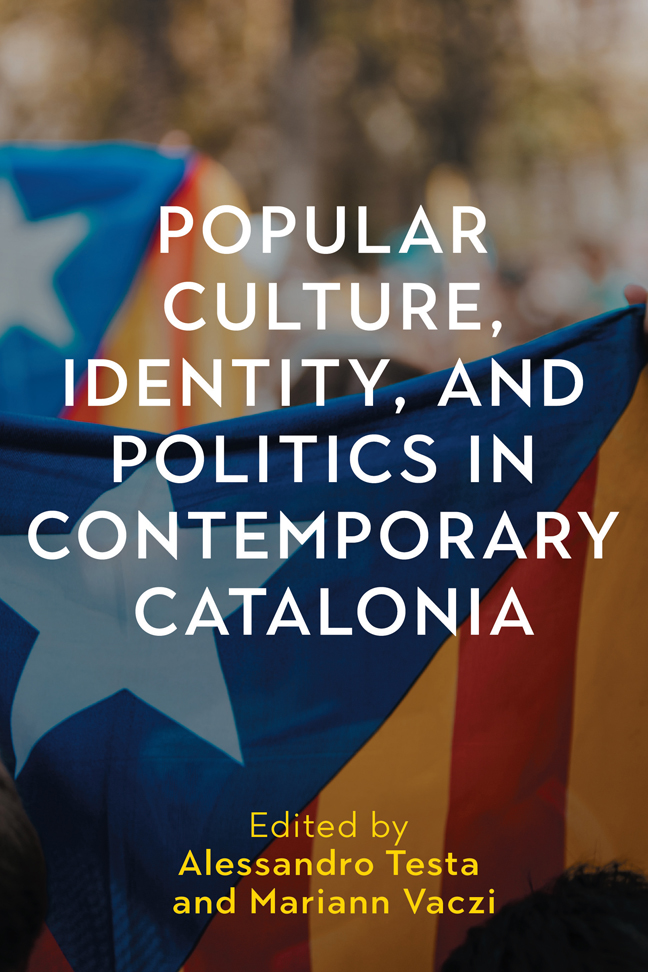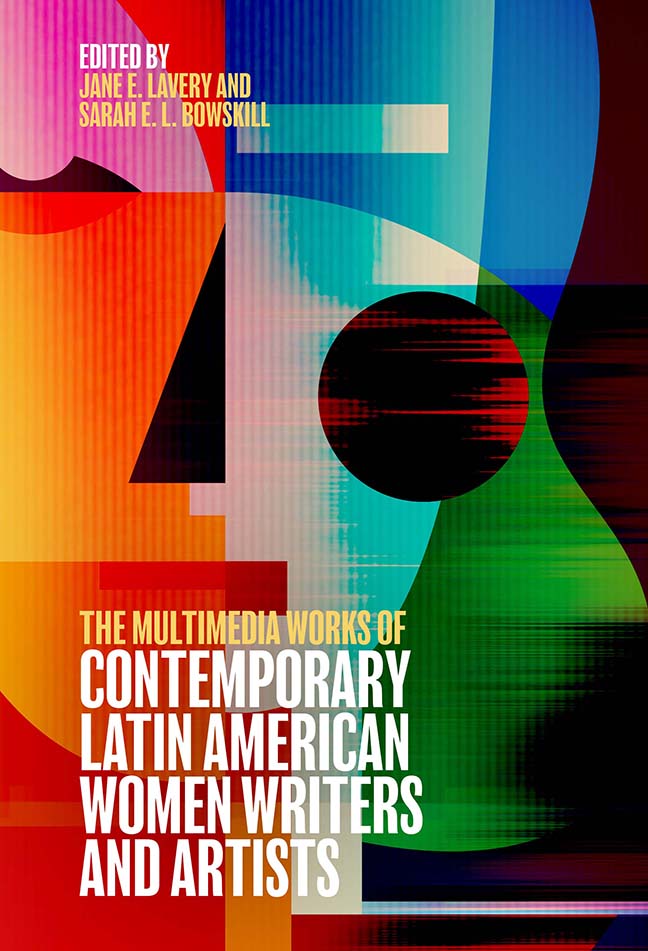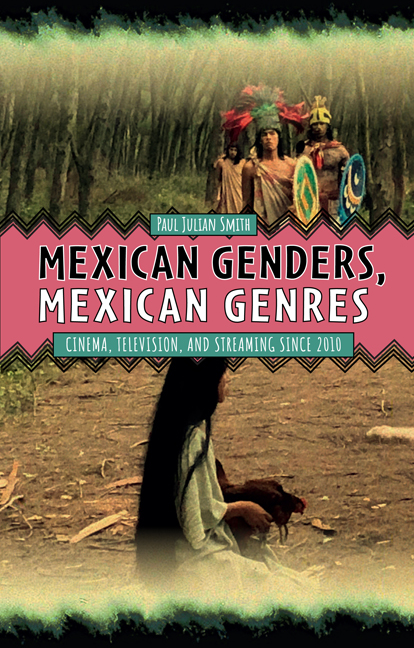This series aims to publish intellectually enriching and engaging research into the popular cultures of the Hispanic and Lusophone worlds, both analogue and digital. Topics covered in the series include visual and audio-visual art forms (photography, graphic art and comics, advertising, graffiti, animation, film, telenovelas and television more generally), literature (folklore, mass-market novels and novellas, the ‘middlebrow’, visual novels), embodied arts (performance art, theatre, dance, popular and traditional music, body art and fashion), as well as all the potentially ‘viral’ new genres of popular culture facilitated by the Internet and social media platforms (blogs, memes, YouTube videos, hashtag campaigns, video games, and so on). The series encompasses studies both of these particular manifestations and of the industries and practices that accompany them; and it analyses not only ‘grassroots’ cultural expressions but also the ways in which Hispanic and Lusophone cultural forms have been appropriated, commodified and distributed transnationally. Providing a forum for cutting-edge studies on demotic forms of cultural production as well as the new cultural dynamics facilitated by digital technologies, the series seeks to advance scholarly understanding of how people creatively explore, debate and challenge events, attitudes, ideas and identities.





